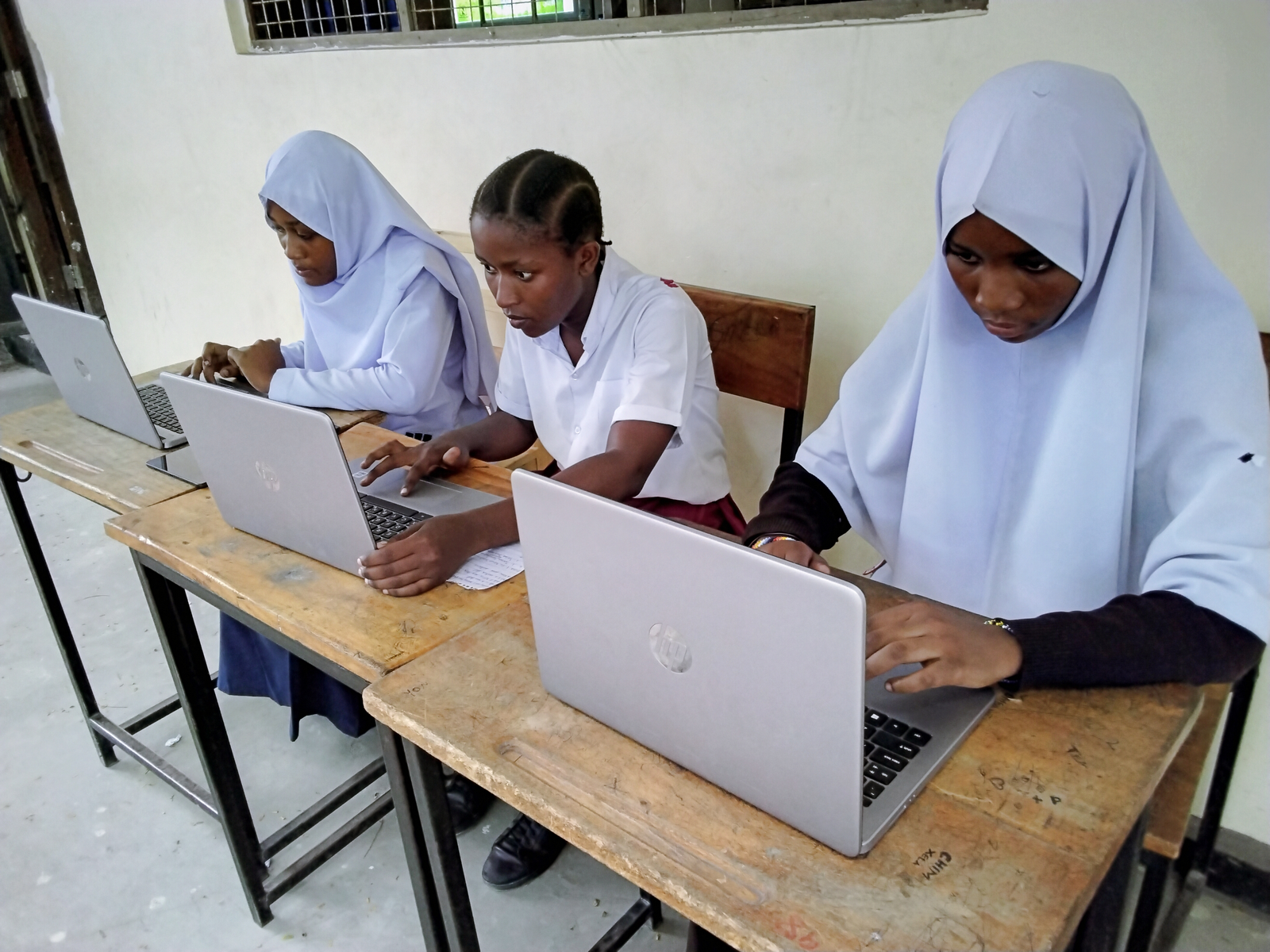
Helping children in Somalia to realise their dreams
Girls' education
First and foremost, my country has one of the lowest primary-school enrollment rates in Africa, with less than 25% of the children participating, of which one-third are female students.
However, the number of outâofâschool and at-risk children and youth aged six to 19 has been estimated at 4.5 million, out of a total population of 9.4 million, and I have no doubt that the struggle to educate children in Somalia has brought International NGOs like ours to give our children that opportunity – to help the nation ultimately achieve prosperity and peace as well.
A UNICEF report noted: “An entire generation of children has grown up knowing only conflict and fighting [and] possibly thousands of children have been trained in combat. We need to make sure that this generation receives quality basic education. This will stop them being sucked into the continuing violence and they will then be able to make a positive and lasting contribution to the future of Somalia.”
Above all, I have to inform you that UNICEF is currently working with partners across Somalia to deliver an integrated package of school-based and non-formal activities to address the educational needs in Somalia.
Guess what? Two generations of Somali children have missed the opportunity to attend school – that is absolutely absurd, right? Well, I visited Mogadishu and other cities across the country last year and, in addition to that, my personal advocacy for the last two years now, I have also come across children living in remote areas and have heard their big dreams.
In fact, many of them want to be teachers, others want to be doctors or lawyers. But the reality is that they face a lot of challenges and their status in life never stopped them from dreaming and dreaming really BIG.
Honestly, I felt so sad that children and adults living with disabilities face social stigma and enormous challenges when it comes to accessing education and training but we managed to give them tools and resources that they need so that they can play a key role in helping the community as a whole.
Did you know that according to the World Report on Disability, approximately one billion people in the world are living with a disability, with at least one in 10 being children and 80% living in developing countries?
Let us be very clear – it would be terrific if societies adapt their structures to ensure that all children, irrespective of age, gender and disability, can really enjoy their basic human rights without discrimination of any kind.
For instance, since the collapse of the education system, communities have already taken different approaches to establishing locally-run education services. And by the way, let us remember that people whose struggle for education has always been difficult – girls and women, disabled people and displaced people – fare worst in times of uncertainty and extreme poverty as well.
And most importantly, I am so proud of the work that we are doing in Somalia right now. With their help and contributions, a good number of young girls and boys will go to school right after the summer season for the first time in their life because my priority has been to encourage girls’ attendance in both primary and secondary schools and to promote women’s and girls’ education through girl-friendly spaces
and sensitisation of schools, teachers and communities as well.
Finally, I would suggest that if our generation of Somali children is to find hope for the future, there needs to be an emphasis on education. Sustainable economic development will definitely need to follow for Somalia to participate in the global economy because without education the achievements for success will not happen.
With every educated student comes the potential for a leader of tomorrow. If we really want to make a lasting difference in Somalia, an investment in education is a good place to start!
More news

